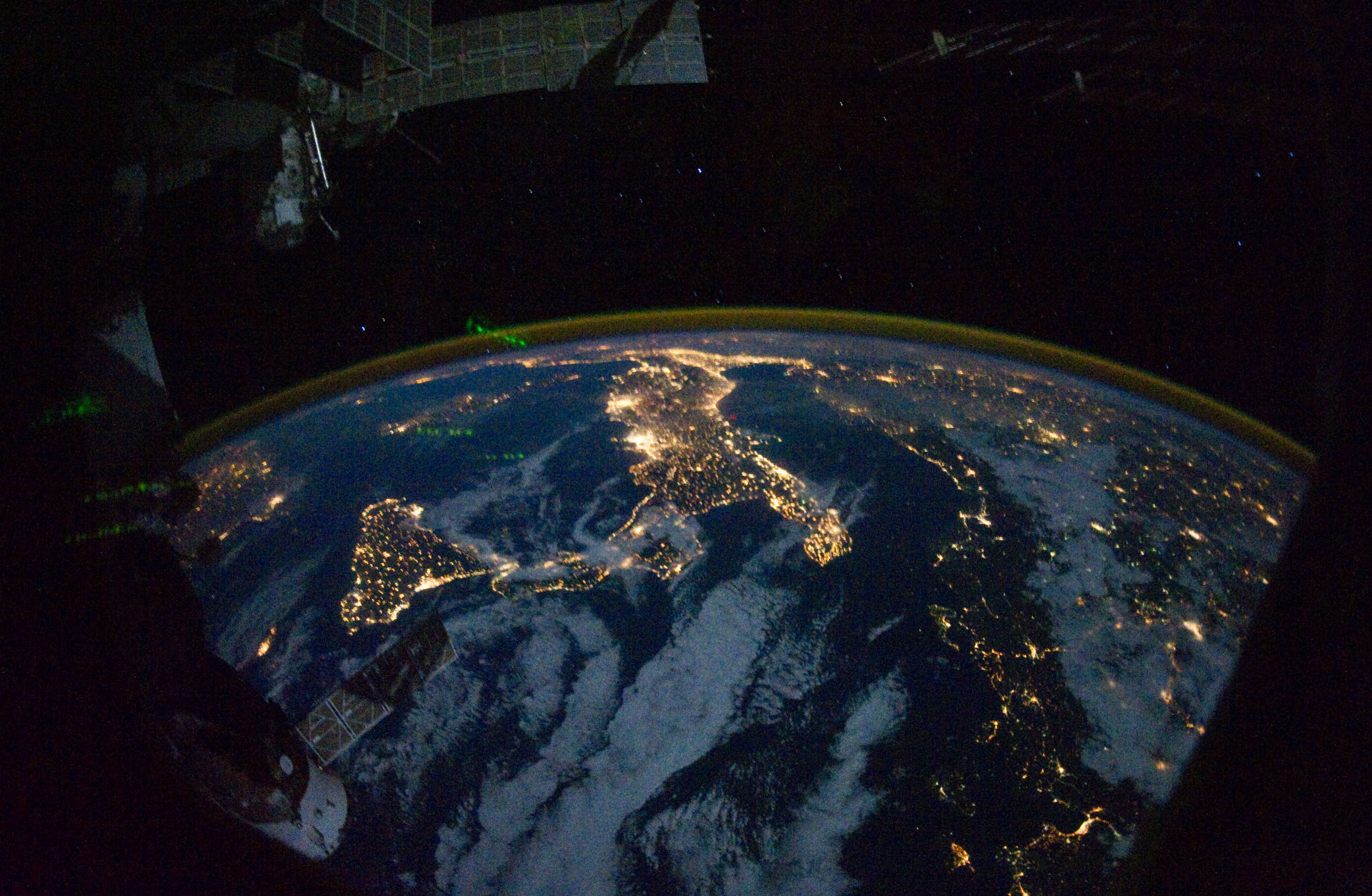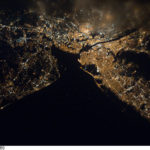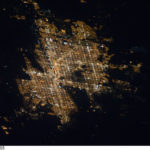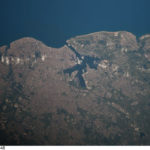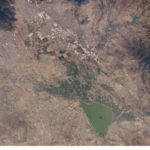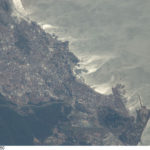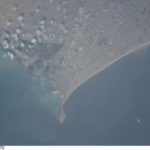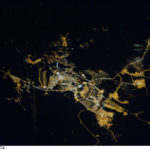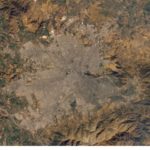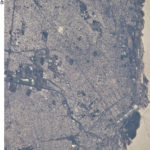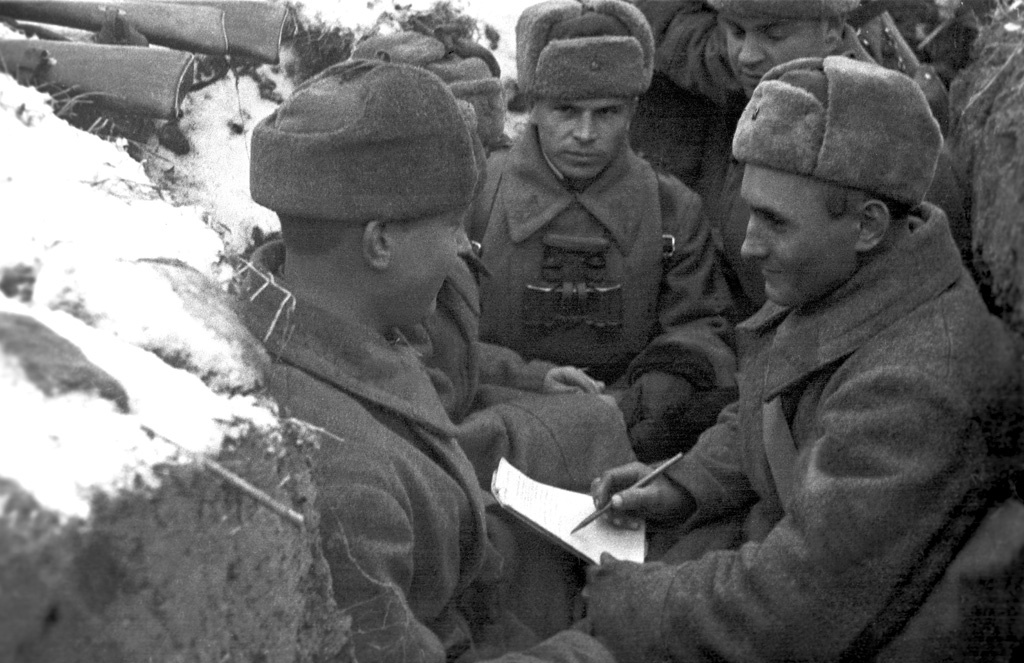Twenty-four million dead. That is the egregious number that few people have overlooked in the decades since the end of the Second World War — number which symbolizes the dead Russian men, women, and children who died defending their motherland. It is no wonder then that Russians refer to the war as “The Great Patriotic War.”
Since Putin has been in power, which now seems like an exceptionally long time, every May Victory Day, as well as every chance he gets, he reminds the West and the Russian people that it was the Soviets that bore the greatest weight in the war, and that it is they who sacrificed the most. With morbid statistics like that, it is hard to argue with him.
In 1941, Hitler launched Operation Barbarossa which was a 3 million man invasion of the Soviet Union that resulted in the greatest offensive over the widest front in human history. With lighting speed — almost literally — the Wehrmacht managed by 1941 to reach the outskirts of Moscow, even the metro station of its suburbs. The destruction and devastation that the German army left from Poland to Stalin’s capital was unthinkable.
Yet most of our history books are filled with the heroic doings of the West, from the famous D-Day landing to the North African heroism and French resistance. The Eastern Front however was a completely different type of war, that outstretched and out-tumbled the title of “total war.” One which Hollywood has not made many movies about, not just because of its grim nature, but because it is truly an example of the savage mannerism to which humanity has descended. It was, in all its fury, a conflict of survival.
By 1942, the Nazi flag had reached the Volga in Stalingrad, where some historians say the outcome of the war itself was decided. The number of dead in the city reached close to 2 million, roughly equal between both sides. If we take the entire casualty list of the British and American sides it would not amount to that number. Stalingrad was without a doubt a turning point in the war, although not the only one. If the Germans would have taken the city, it might have caused the collapse of the Eastern Front.
Stalin had ordered that the German army would be stopped in his city, not only because it held his name in a suit of vanity, but strategically the Volga was essential to the oil fields in the Caucasus. Only a few weeks before the Germans reached the city he proclaimed his famous line that permeated across the U.S.S.R: “Not a step back!”
If it would have been lost, a counterattack would have been that much harder. Yet, the harsh conditions that the Russian winter produced, along with the vast armies behind the Urals resulted in one of the greatest and longest battles. Operation Uranus, which commenced on November 19th, 1942, was the turning point in the battle itself which finally led to a much awaited Soviet victory.
Franklin Delano Roosevelt told Stalin in 1944 that “the siege of September 13, 1942 to January 31, 1943 will inspire forever the hearts of all free people. Their glorious victory stemmed the tide of invasion and marked the turning point in the war of the Allied nations against the forces of aggression.”
Yet, the actual sacrifice, one which has rung through ages, was one that was held by both men and women who enlisted across the Soviet Union to defend that which they called their motherland. Stalin’s murderous regime mobilized millions to be sent to the front, while millions of others were dying in Siberia’s gulags.
The famous British historian, Andrew Roberts, has commented in some of his writing that the grim reality might have been that it took a Stalin, to defeat a foe like Hitler. When one considers the implications he might not be far off. In other words one brutal dictator to defeat the other.
The war was won through a two-front ordeal that put pressure on the Nazis. In other words the Allies in the West were extremely important in helping not prolong the war as a whole, but the devastation in the East, not just in Russia but across most Eastern European countries was entirely a different world-one which the volunteers of American and British armies did not experience fully. In the Soviet Union, no one was a volunteer, but was forced to fight.
We must consider the fact that the war was brought to the Soviets’ lands, and to their blood, while the American and British never saw their nations invaded, and their people massacred with such barbarity.
After the war, the Soviet Union continued its despotism, and willingness to believe in a socialist utopia brought on by unfavorable conditions. In 1991, after the Berlin wall came down, and Gorbachev gave in to the West, Stalingrad changed its name to the more humble Volgograd.
Every 6 days out of the year, however, the city changes its name back to Stalingrad for celebrations, commemorations and out of respect for the men, and women that died defending not only the physical place itself, but a relentless invader. The huge towering statue of a woman holding a sword pointed towards the West named “Mother-Motherland” now watches over the city.
Blog by Milad Doroudian
Image: Ria Navosti
